The ability to navigate modern business landscapes
To be an effective board member requires not only a deep understanding of traditional business principles but also the ability to adapt and embrace new trends. Board members in 2024 are increasingly required to respond to shifting market dynamics, technological advancements, societal expectations and, most importantly, the growing and constant factor of uncertainty in the world around us. The subsequent sections detail the board profile for 2024, highlighting the new trends that are critically shaping the role of board members in today's complex business environment:
Crisis management and risk management are crucial as board members face increasing complexity of risks, from cybersecurity to pandemics and global unrest. Having robust crisis and risk management plans is not only a best practice but essential for the organization's survival and success, thus becoming a crucial competence for the board profile in 2024.
Diversity and inclusion are on the agenda to ensure a wide range of perspectives. Organisations with diversified boards have proven to be more innovative and resilient. This also reflects societal expectations and fosters more representative decision-making.
Data governance decision-making is not only reserved for the management layer but has also become a key factor for board members. Understanding and analyzing data are crucial for making informed decisions and navigating the more complex business landscapes surrounding today's companies.




